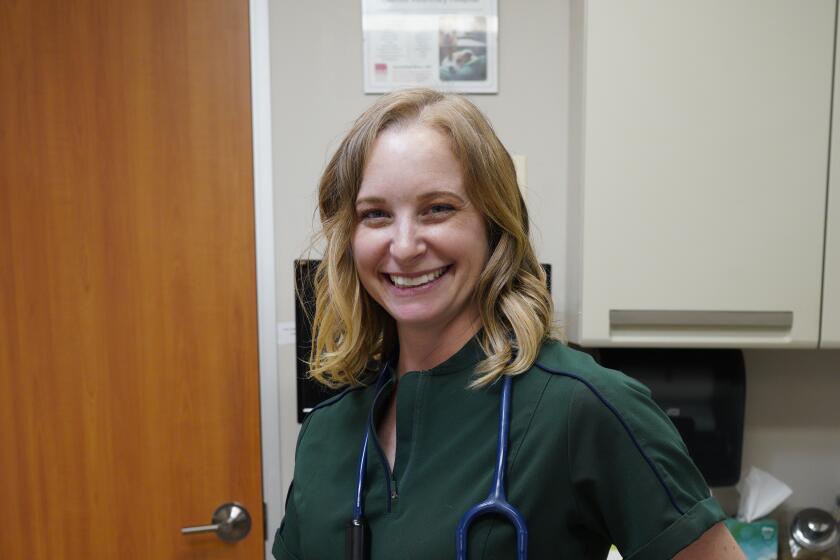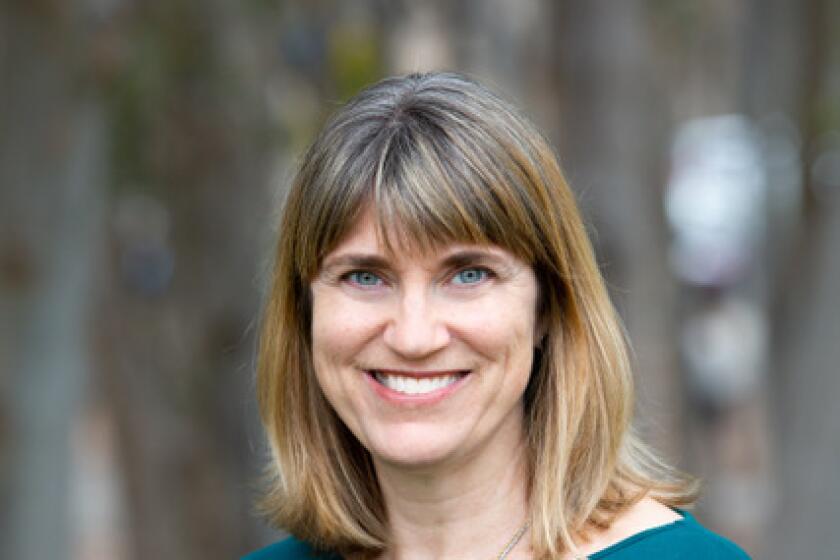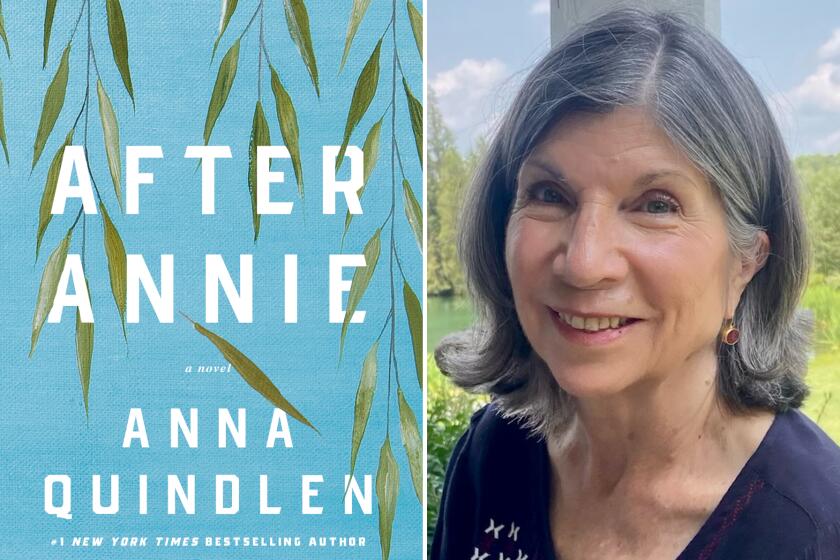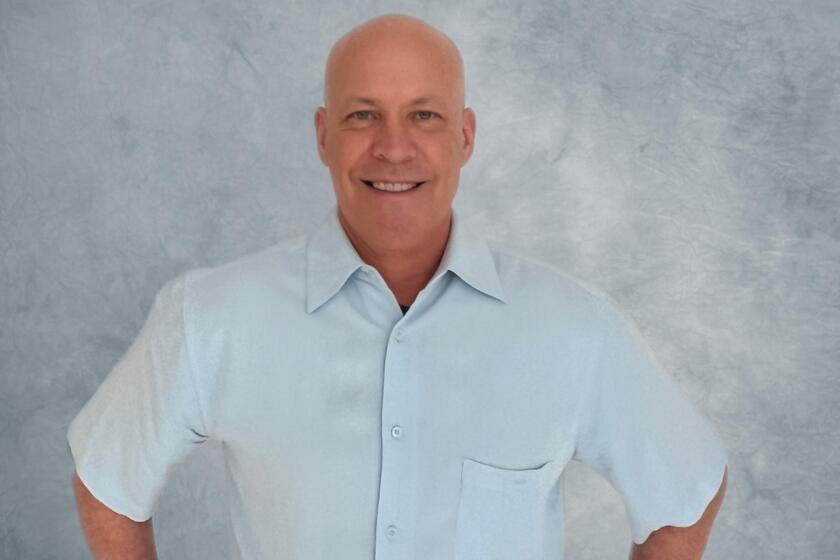Body rhythms a key to better health, according to Salk researcher

Paying closer attention to our body's natural rhythms can help us lose weight, sleep better at night and even protect against diseases ranging from heart ailments, diabetes and cancer, according to a new book by a Salk Institute researcher.
Dr. Satchin Panda, a professor at La Jolla's Salk Institute for Biological Studies, is an expert on circadian rhythm, and has conducted numerous research studies on the topic. His new book is called "The Circadian Code: Lose Weight, Supercharge Your Energy, and Transform Your Health from Morning to Midnight," and was published in June by Rodale Books.
According to Panda, for a billion years, as life on Earth evolved, one thing remained constant -- the rising and setting of the sun. Our bodies are in tune with the planet's 24-hour cycle, with all of our organs and even cells containing "clocks" that regulate our lives based on daytime and nighttime.
If we ignore our natural circadian rhythm, Panda said, we are likely to suffer from poor health, including obesity, sleep issues, lack of energy and metabolic diseases.
"Our brain needs time to repair, rejuvenate and reset every night," he said, and the same goes for all of the body's organs.
Panda said his research has shown that two major stimuli - daylight and our first meal of the day - help synchronize our bodies to the outside world. Therefore, he recommends three steps for maintaining a healthy circadian lifestyle.
Those steps involve getting outside for at least 30 minutes each morning, doing all of our eating over a span of 8-12 hours each day, and spending 8 hours in bed each night.
Research has shown that our bodies most efficiently digest our food and process nutrients during the first half of the day. Late-night snacking, therefore, gives the body mixed signals, telling it to kick its digestive processes into gear when the body should be slowing down in preparation for sleep.
Panda recommends setting a 10-hour time limit to begin with, for example, eating only between 8 a.m. and 6 p.m. That way, if you do stray past the cut-off and eat something at, say, 7 p.m. or 8 p.m., you will still be within a 12-hour window.
"Beyond 12 we are in the danger zone," Panda said.
According to Panda, nearly half of all adults keep eating for 15 hours or longer each day.
Getting the right amount of light at the right time of day is also crucial, he said. It's important for our body clocks to be exposed to at least 30 minutes of outdoor light in the morning, which cues the body that the day is beginning. Missing out on that stimulating light, he said, can lead to such problems as lack of alertness, anxiety and depression. Likewise, our bodies need lower light in the evening to let the body know we are nearing the time for sleep and rejuvenation.
Staying up long past midnight or being exposed to bright lights late at night disrupt the brain's release of melatonin, which is needed for sleep, leading to insomnia or restless sleep, Panda said.
Currently, Panda said, he has three studies either in progress or about to start that look at the impacts of circadian rhythm disruption on people, regarding such issues as metabolic disorders and pre-diabetes. One study involves firefighters as subjects, and will examine potential health impacts of their unusual round-the-clock work schedules.
The study seeks to determine whether they can reduce their risk for heart disease, diabetes and other ailments if they confine their eating to a 10-hour window, and stick to a Mediterranean diet.
Circadian rhythm can also have an impact on the effectiveness of drugs, because a wide range of drugs appear to have the greatest impact if administered at a certain time of day, Panda said.
Panda said he decided to write the book - his first for a general audience - after people approached him after he gave talks, asking for more information about circadian rhythm and its effects on health.
The book explains how circadian rhythm works and also gives practical tips in such areas as sleep, eating, exercise and learning.
Panda said he and his work colleagues and family members are using the techniques described in the book to improve their personal health. His mother is no longer pre-diabetic now that she eats within a 10-hour window, and his mother-in-law no longer needs to take medication for acid reflux.
Although medical science has dramatically lengthened life expectancies since the early 1900s, he said, many people today suffer from a myriad of chronic diseases.
By following the three precepts outlined in the book - getting outside for 30 minutes in the morning, limiting eating to 10 hours per day and staying in bed for 8 hours at night, he said, "That can really begin to move the needle."
Panda will speak about the intersection of health and circadian rhythm at a free public event at the Salk Institute from 3 p.m. to 5 p.m. on Wednesday, Sept. 12, as part of Salk's "Back to Basics" lecture series. Seating for the event is limited. To RSVP, visit salk.edu/events/public-events/back-to-basics/
To learn more about a volunteer study, visit mycircadianclock.org.
Get the Del Mar Times in your inbox
Top stories from Carmel Valley, Del Mar and Solana Beach every Friday for free.
You may occasionally receive promotional content from the Del Mar Times.





